Bollywood turns 100 – a long journey for Indian cinema

On 3rd May 2013, Bollywood turned 100. Marking the grand celebrations, India’s four top contemporary filmmakers – Karan Johar, Anurag Kashyap, Zoya Akhtar and Dibakar Banerjee – collaborated on a project called Bombay Talkies, an anthology of four short films. Starring Bollywood’s mega stars, Amitabh Bachchan and Aamir Khan, the four films focus on issues like dilemmas faced by a married couple, a failed actor’s struggle to make a living and a young boy’s dream about a movie star.
A hundred years ago, on 3rd May 1913, an avid, small-town photographer from Maharashtra, Dhundiraj Govind Phalke (aka Dadasaheb Phalke), who is now known as the father of Indian cinema, became inspired by a movie he had seen about the life of Jesus and produced the first full-length Indian feature film, Raja Harish Chandra.
The movie was based on the legend of King Harishchandra of the Solar Dynasty in Ayodhya, Northern India, who sacrificed his kingdom, wife and son in order to fulfil a promise he once made to a sage named Vishwamitra. The story revolves around Harishchandra’s endeavours and hardships and magnifies two of his most virtuous qualities as a king – he always lives up to his word and never lies, which pleases the Hindu Gods who restore his former glory and bestow him with divine blessings.
To make the movie more realistic, Dadasaheb managed to convince an actor to shave his moustache to act as a woman. Later, he sold off his belongings to fund the project and poured much of his life’s saving into a trip to London, to purchase a special camera for the shoot. His wife, Saraswati, backed him thoroughly and single-handedly cooked for the entire crew of 40, as well as helping to hold up white sheets that functioned as a screen on the sets.
Released at the Coronation Cinema, Girgaon, in Mumbai, Dadasaheb was unaware that his 50-minute long, silent, black and white film that took seven months and 21 days to complete would dazzle audiences across the country and was just a beginning of a long journey that would set the tone for future Bollywood classics in India.
A century later, his dream continues to live on and grow. The Dadasaheb Phalke Award is given annually by the government of India to a personality for his/her lifetime contribution to Indian cinema.
Today, the global footprint of Indian cinema is massive. Churning out more than 1,000 films annually – double the number Hollywood produces in a typical year – figures show the industry sold a record high of three billion cinema tickets last year.
According to reports from professional services company KPMG, it is estimated that the Indian film industry would soon surpass Britain as the world’s fifth largest film market based on sales. Already, in 2010, India was ranked first in its annual film output, followed by Hollywood and China.
Famous for its upbeat numbers, colourful costumes and flamboyant dances, Indian cinema is not limited to Hindi Bollywood movies but also has a vibrant regional language film industry, especially in southern states of the county where film stars are often worshipped as deities.
In the last 100 years, Indian cinema has found a market in over 90 countries, including a big target audience in the UK, US, Australia and Canada, where films from all over India are screened, appreciated and equally criticised.
The booming film market has led several international film makers to invest in India, as the lower number of restrictions in the country makes it much easier for anyone and everyone to create films as they choose. The only other potentially large market is China, which is full of restrictions on how many films foreign groups can make and distribute.
Walt Disney Pictures have recently signed a deal worth $454 million with UTV, one of the largest media groups in India. Viacom, Warner Bros and Rupert Murdoch’s Fox Star studios are also attempting to set up joint ventures to win a large share of the market.
All media eyes were set on the 66th Cannes Film Festival this month where Bombay Talkies was chosen to be screened. Indian cinema over the last 100 years has been the medium depicting the story of India itself, a story of its glorious past, its struggles and a brighter but challenging future. Cinema in the end is nothing but the reflection of the society it represents and Indian cinema has done a splendid job in representing the diversity, colourfulness and energy of its people.
Aastha Gill






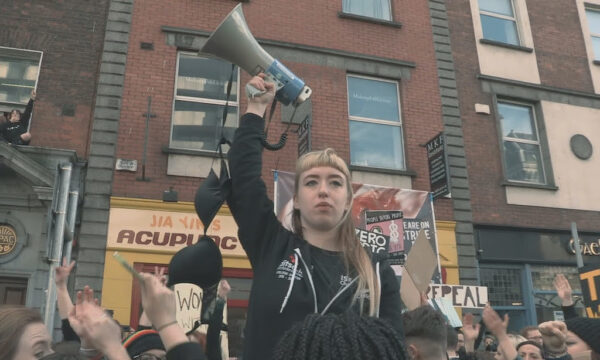



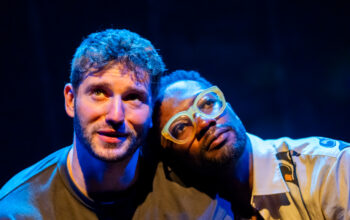

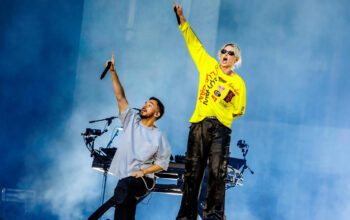
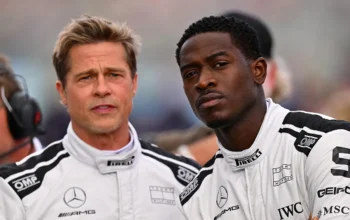
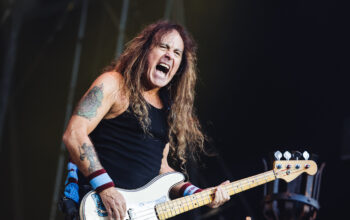










Facebook
Twitter
Instagram
YouTube
RSS